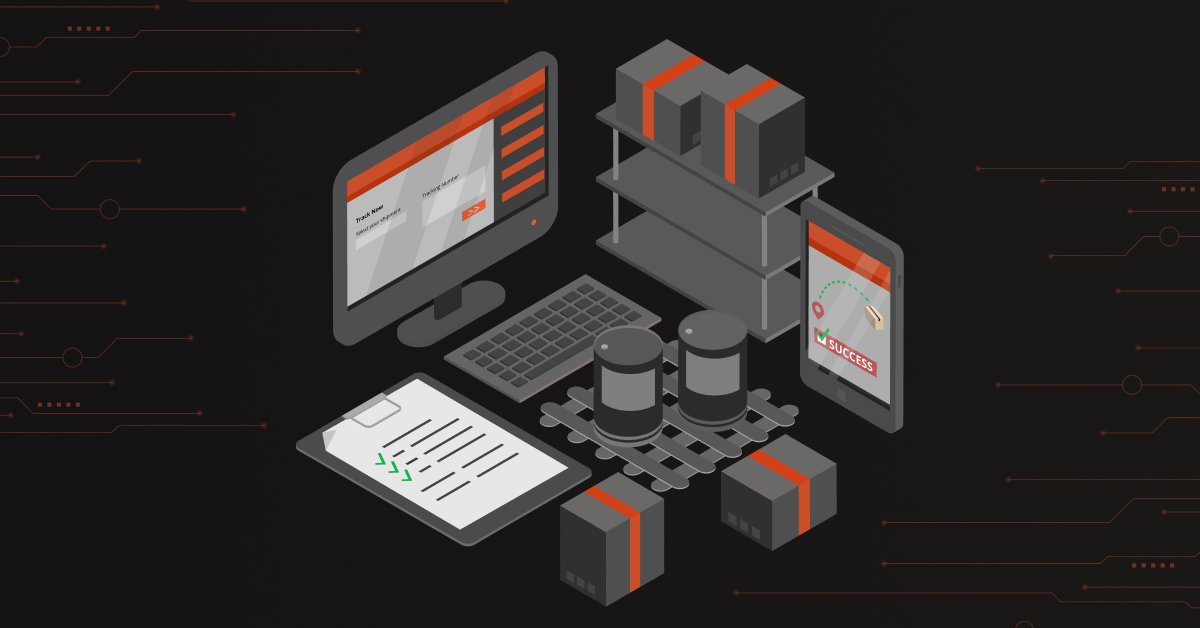At one point or another, your business will have to make the decision about your digital presence. More importantly, your business may be at a point where if you don’t make a decision regarding eCommerce development, you might be on the downturn. All the while, your competitors are racing to pump more money into their digital selling channels. In fact, in a study by Mckinsey and Company 80% of their B2B company respondents said that they hold their eCommerce channel to the same or higher standard as other channels in terms of the quality of offerings.
Chances are, if you arrived at this article, you are ready or just about ready to dive into digital commerce.
There are obvious steps at this stage you’re likely already taking. There are a few more that are often overlooked but can make all the difference when it comes to finding the right business partner as well as how well your teams work together towards a common goal.
Here are three aspects to consider before any contracts are signed. How am I qualified to share these tips? I’m happy to answer:
Contents
DCKAP – We Simplify Commerce For Distributors
I am part of a group of talented individuals at DCKAP. A group of SEO gurus, software engineers, diligent account managers, keen-eye-ed QA analysts, the list goes on. These individuals make it a reality for distributors to increase their profitability by turning their digital presence ideas into reality.
Based on this experience, here are ways in which you can ensure a smoother start for most vendor associations, especially those whose expertise will make your digital commerce goals come to life.

COMMUNICATION
A Clear, Two-Way Street
There is no such thing as over-communication… well, almost. If we get into the weeds regarding everything–even to the point of questioning motives–we can stay there for a while. Communication, when clear and precise, will allow for a much better understanding on both sides. We know this, it is not new. But is your company ready to communicate about the behind-the-scenes systems and foundations already established? Especially the less-than-appealing aspects to them to a third party?
If you are not, then there is some work to be done.
In order for developers to understand how to add value to your new project, they will need to understand the digital architecture your business currently has. The business practices, the logic, the access required, security features set forth, who manages what, and more. They will have to have the books opened for them to know whom to seek the right information from at the right time.
This can get very intimate as it sometimes deals with identity. To acknowledge that what you do is not who you are is not the easiest process. History has shown that this is sometimes an area of opportunity. Nevertheless, it should not stop anyone from the continual effort to grow and improve – least of all your business.
History also has proven that projects that have a hard time trusting the parties involved struggle to satisfactorily complete the task at hand. Sometimes the realignment can be done quickly with the integration of a candid conversation or two. Other times it takes a third person to mediate the situation. Isn’t it interesting that way before technical codes we first need to configure the more human factors?
Efficient and Fruitful Expectations
Metrics can be met. They need to be expected at each step of the journey. Yet, I’ve witnessed projects that have been delayed because of a lack of clarity and trust. When a project is not clearly defined something called scope creep begins to emerge. There is a relatively easy way to avoid this: remember the acronym SMART?
Specific
Measurable
Achievable
Relevant
Time-bound
If there are no clearly defined goals, you can run into the issue of continual development at an additional cost with no end in sight. This is neither good for the business nor the development agency.
Recommended read: PIM Implementation Guide – Tips To Know Before Getting Started
Cause and Delay
Time is one of the most important variables that gets mismanaged when the client and the vendor are not on the same page. A client expecting to have something completed without a true understanding of the scope of work can cause a misunderstanding in expectations. On the other hand, not having the correct information when the team is ready to be activated in the process can cause a delay too.
Money can be recovered and I have seen that done once the project is completed, but time never is. How valuable is your time, especially when time is money?
TRUST
The Process and The People
Working relationships that show vulnerability and courage to say “I don’t know but I’ll find out” make for the best and most effective ways of happily concluding a project. We know what we know and don’t know what we don’t, so when uncertainties arise, communicating step by step is pivotal to continue. Finding a vendor that can communicate well and you feel you can trust is critical.
Working through difficulties doesn’t diminish the value of developers, rather the thing to note is our level of commitment. Hurdles can be expected even in some of the most smooth undertakings, so setting an expectation within yourself and your team in consultation with your vendor is key. This will mitigate a lot of needless frustration on your end, and pave the way for faster and more effective troubleshooting. Both of which are key to a successful conclusion to the project.
Us vs Problem, instead of Me vs You
The best associations are the ones that avoid the “Me vs Them” conundrum altogether. This requires trust, clear communications, and expectation setting, which does involve effort even from the business’s side. Yet these measures can ensure a happier association and a smoother, possibly even faster turnaround for the project.
Vendors and businesses are not headed to war against each other. We are at war against business hurdles and unknown variables best measured through experience and history.
With the right vendor and the right mindset and trust forged through communication and success, you can go from short-term associations to long-term professional allies.
CONTINUED WORK
There’s More Beyond The Finish Line
When there is a clearly defined digital road map and the previously mentioned ingredients, there is a healthy relationship that can also evolve into a continued association. No business fears working with the digital development agency they trust. In fact, they encourage continued work.
In my own experience, while it is common to part ways and say goodbye, we’ve maintained relationships to go much more than that. We try to help our clients grow and provide solutions along the way, and this has proven to be exactly what was required: to innovate, educate, and automate.
Did you know that many of our customers have a long-term game plan mindset with us after their initial projects with our experts?
This is because we are invested in their growth, and take pride in being their solution provider. If you would like to know more about our services or products, reach out to us today for more information on how we simplify commerce for distributors.





